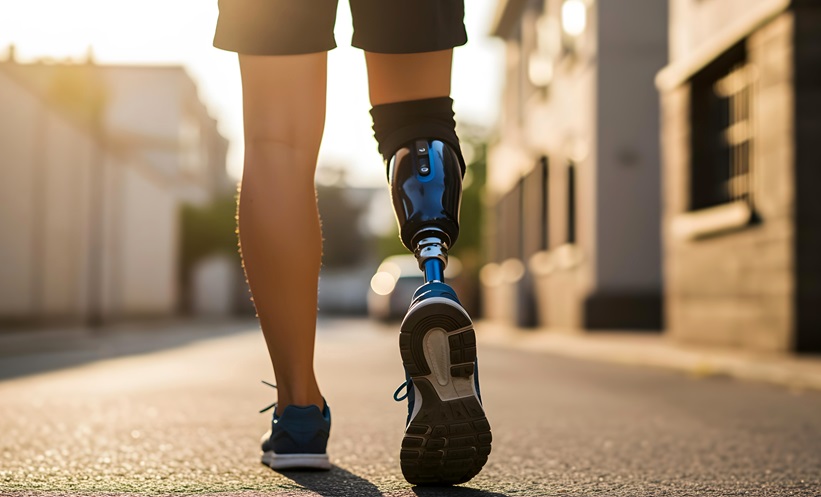A HANDHELD tissue scanner has been developed for use in the management of patients with psoriasis, potentially enabling physicians to make a more accurate analysis of the severity of the condition than current methods allow. Currently, 10–15 million people in the EU are believed to be affected by psoriasis, making it an important area of focus. The tissue scanner enables the user to construct a high-resolution image from beneath a patient’s skin. This represents a significant shift in the present state of practice, where assessment of disease severity is carried out by looking at the surface of the skin: a practice that is partly subjective and cannot detect any factors beneath the skin’s surface.
One of the study’s leaders, Dr Juan Aguirre, Institute of Biological and Medical Imaging, Helmholtz Zentrum München, Oberschleißheim, Germany, explained that: “Knowing the structure of the skin and vessels before treatment can provide the physician with useful information.” However, current imaging techniques present several limitations: ultrasound methods do not have the contrast to provide adequate detail of pathophysiological mechanisms, while optoacoustic microscopy can only provide images of superficial skin features. To overcome these weaknesses, the researchers utilised a novel technique developed, known as raster-scan optoacoustic mesoscopy (RSOM). A weak laser pulse is deployed, which excites tissue and causes it to have a slight temperature increase by absorbing energy. Ultrasound waves are caused by the resulting momentary tissue expansion and can be measured, allowing construction of a high-resolution image.
The researchers were able to develop a handheld RSOM, making it convenient to use. Additional benefits of RSOM were that patients did not have to be exposed to radiation and that there was no need for the use of a contrast agent. When the RSOM was used to evaluate cutaneous and subcutaneous tissue taken from psoriasis patients, it was possible to measure a variety of factors, including capillary density, total blood volume in the skin, skin thickness, and the number of vessels, all of which are characteristics of psoriasis and inflammation. Using this information, the scientists developed a brand new clinical index for the assessment of psoriasis severity.
It is hoped that the benefits of this innovation will prove transferrable in the assessment of other diseases in the near future, including diabetes and skin cancer.
(Image: freeimages.com)








